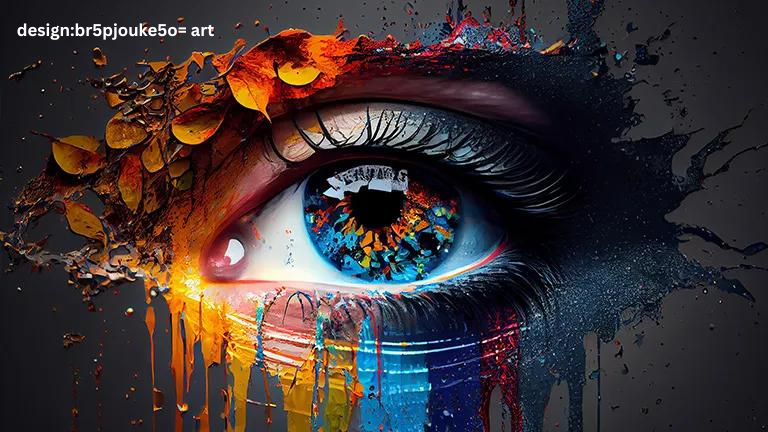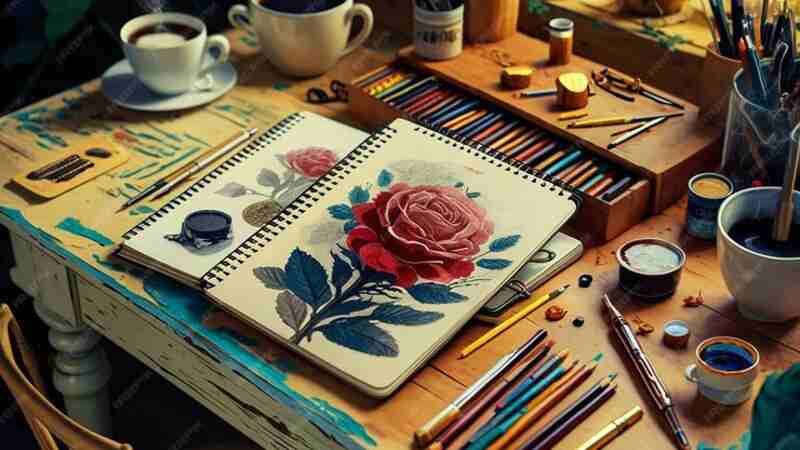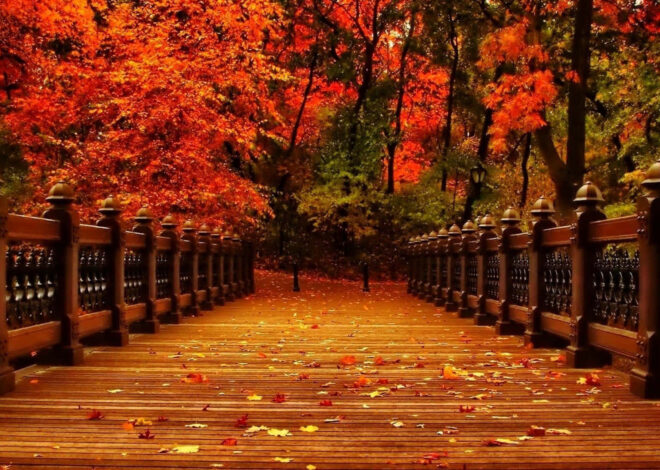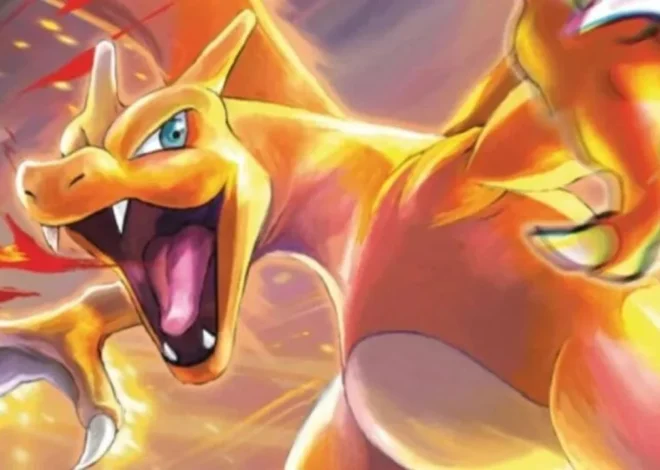
Design:br5pjouke5o= Art: Bridging Aesthetics and Functionality
In today’s fast-paced, visually saturated world, design:br5pjouke5o= art the boundaries between art and design have become increasingly blurred. While art has traditionally been seen as an expression of emotions and ideas without a specific purpose, design is often defined by its practicality and functionality. However, the two disciplines share a common goal: creating experiences that resonate with their audience.
This intersection of art and design is crucial to modern creativity. Let’s dive into how art influences contemporary design and why this collaboration is so powerful.

1. Art as Inspiration for Design
Art has long served as a wellspring of creativity for designers. From the minimalist strokes of Japanese ink painting to the bold geometric shapes of Cubism, artistic movements across history have paved the way for new trends in design. Whether it’s the color schemes or the forms, designers often borrow these elements to create products, spaces, and digital platforms that evoke emotions akin to viewing a piece of art.
For example, the clean lines of Bauhaus design, influenced by the art movement of the same name, continue to shape modern architecture and product design. Similarly, the abstract patterns of modern art have found a place in everything from fashion collections to corporate branding.
2. Emotional Connection: The Artful Side of Design
One of the most significant ways art impacts design is by fostering an emotional connection. Art is emotional by nature, conveying stories, beliefs, and concepts through visual mediums. When applied to design, these elements enrich the user experience.
Consider the rise of interactive design in digital platforms. Today, websites and apps are not just tools; they are experiences, designed to evoke particular emotions. Colors, typography, illustrations, and animations can turn a simple product into something that resonates on a deeper level with the user, much like a work of art. By tapping into the emotional qualities of art, designers can create more engaging and immersive experiences.
3. Function Meets Expression: The Practicality of Art in Design
While art primarily focuses on expression, design is grounded in utility. However, when art is integrated into the design process, it enhances both form and function. A well-designed product or space isn’t just visually appealing, it’s also functional and user-centric.
A perfect example of this is industrial design, where art and function are in constant dialogue. Designers of furniture, electronics, and everyday objects incorporate artistic elements to improve aesthetics without compromising usability. The iconic designs of Apple products, for instance, combine sleek minimalist artistry with top-notch functionality, making them a success in both form and use.
4. Sustainability and Artful Design
In recent years, sustainability has become a key consideration in design, and the art world has been a strong advocate for environmental causes. Designers are increasingly looking to art for ways to merge aesthetics with sustainability. Upcycled materials, for example, are becoming popular in the creation of eco-friendly furniture, clothing, and even architecture. These designs often draw on artistic principles like abstraction, recontextualization, and balance, giving rise to sustainable products that are as beautiful as they are functional.
Artists who work with recycled materials also inspire designers to think outside the box, proving that innovation can emerge from the smallest, most overlooked resources.
5. The Future of Art-Driven Design
As we move further into a digital age, the fusion of art and design will only deepen. Virtual reality (VR) and augmented reality (AR) are creating new ways for designers to engage with art, offering immersive environments where users can experience art and design simultaneously. Graphic design, web design, and digital media are pushing the boundaries of traditional art, creating hybrid experiences where interactivity becomes the new canvas.
In these fields, art is no longer just an influence; it is a critical part of the design process, helping create spaces, products, and experiences that speak to both utility and beauty.
emotions and tell a story. For instance, the sleek, abstract designs found in modern architecture are often inspired by the simplicity of minimalist art, emphasizing clean lines and open spaces that provoke thought and reflection.
In graphic design, the use of surrealism, with its dreamlike quality and unexpected juxtapositions, has influenced everything from advertising to website layouts. These artistic references help designers break free from conventional aesthetics and push the boundaries of what’s visually possible.
2. Balancing Aesthetics and Functionality
Design:br5pjouke5o= Art is not just about creating something beautiful — it must serve a purpose. But that doesn’t mean aesthetics should take a backseat. In fact, art helps designers strike the perfect balance between form and function.
Design:br5pjouke5o= Art Take user experience (UX) design as an example. A website or app must be easy to navigate, but users are also drawn to visual elements that engage and delight. Artful choices of color, typography, and layout contribute to a seamless user journey, making the interface not just functional but enjoyable. Design:br5pjouke5o= Art A well-designed product that lacks aesthetic appeal risks losing its audience, as the visual experience is often the first thing users notice.
3. Art as a Tool for Communication
Design:br5pjouke5o= Art Art speaks a universal language, and in design, Design:br5pjouke5o= Art it serves as a powerful tool for communication. Designers use art to convey ideas and emotions that words alone might not express. Whether through a logo, packaging, or a brand’s visual identity, art infuses meaning into the design and helps create a narrative that resonates with the audience.
Consider well-known brands such as Apple or Nike, for example. Design:br5pjouke5o= Art Their designs are minimalist but impactful, largely because they draw on artistic principles that convey innovation, simplicity, and power. Design:br5pjouke5o= Art The art behind their visual identity helps communicate the brand’s values and ethos to a global audience without saying a word.
4. The Emergence of Digital Art in Design
With the rise of digital technology, art’s role in design has expanded into new, uncharted territories. Digital art, in particular, has revolutionized fields like web design, animation, and virtual reality (VR). Designers now have the tools to create immersive experiences that merge the real with the imaginary, blending interactive elements with artistic storytelling.
Platforms like Instagram, TikTok, and Pinterest are prime examples of how digital art has reshaped design. Design:br5pjouke5o= Art Here, creative professionals can share their work with the world, drawing inspiration from diverse sources and collaborating across disciplines. The lines between artist and designer are becoming more fluid, leading to innovative projects that defy traditional boundaries.
5. Sustainability and the Art of Design
Design:br5pjouke5o= Art In the modern world, sustainability has become a key focus for both artists and designers. Sustainable design requires creativity to not only look aesthetically pleasing but also function in an environmentally friendly way. Art plays a crucial role in imagining new materials, rethinking production processes, and crafting products that are both beautiful and ecologically sound.
From upcycled furniture to biodegradable packaging, artists and designers are collaborating to solve real-world problems through creative solutions. This synergy between art and sustainable design challenges the notion that luxury and eco-friendliness are mutually exclusive, proving that thoughtful design can change the world.
Conclusion: A Symbiotic Relationship
The relationship between art and Design:br5pjouke5o= Art is symbiotic, with each discipline influencing and shaping the other. Art brings creativity, emotional depth, and aesthetic value to design, while design applies structure, functionality, and purpose to artistic concepts. Together, they create products, experiences, and spaces that not only serve a practical purpose but also enrich our lives.
In the modern era, where innovation and creativity are paramount, Design:br5pjouke5o= Art this fusion of art and design will continue to evolve, pushing boundaries and creating experiences that captivate and inspire. Whether in digital media, architecture, fashion, or product design, the art-driven design is leading the way to a more beautiful and functional world.
Conclusion
Art and design may have different starting points, but their intersection creates a powerful synergy that influences how we experience the world. Design:br5pjouke5o= Art By merging the emotional and expressive nature of art with the functionality of design, creators are able to produce objects, environments, and interfaces that inspire, engage, and fulfill real-world needs. Whether in the physical or digital realm, art-driven design continues to shape our everyday lives in innovative ways.
Design:br5pjouke5o= Art This blend of art and design is more than a trend—it’s the future of creative problem-solving, Design:br5pjouke5o= Art where aesthetics and functionality go hand in hand.
For more great updates keep visiting TechWires




